Introduction
Language is never neutral. The words we choose, the accents we hear, and the ways we communicate all carry social meaning. Language both reflects and reinforces systems of privilege and exclusion. What sounds “educated,” “respectful,” or “professional” often depends on whose voice is heard most often.
This framework helps educators, communicators, and students identify the biases embedded in language—spoken, written, and digital. By understanding these patterns, we can speak and listen more intentionally, creating communication that builds understanding rather than hierarchy.
1. Cognitive & Psychological Biases
| Bias | Definition / Description |
|---|
| Accent Bias | Judging intelligence, trustworthiness, or competence based on a person’s accent. |
| Linguistic Profiling Bias | Making assumptions about race, class, or nationality from speech patterns. |
| Implicit Language Bias | Unconscious preference for familiar speech, vocabulary, or phrasing that matches one’s own background. |
| Fluency Bias | Equating smooth or rapid speech with intelligence or credibility. |
| Familiarity Bias | Preferring expressions or idioms common in one’s own culture and devaluing unfamiliar ones. |
| Tone Perception Bias | Misinterpreting tone or directness through one’s own cultural lens. |
| Halo Effect (Linguistic) | Assuming people who speak eloquently or use academic language are more capable overall. |
2. Sociocultural & Structural Biases
| Bias | Definition / Description |
|---|
| Standard Language Bias | Treating one form of a language (e.g., Standard English) as inherently superior to dialects or vernaculars. |
| Cultural Communication Bias | Expecting all communicators to follow one dominant style of speech, debate, or politeness. |
| Linguistic Classism Bias | Associating certain vocabulary or pronunciation with lower intelligence or worth. |
| Translation Bias | Losing nuance or moral judgment in translation, often reinforcing dominant-culture perspectives. |
| Monolingual Bias | Assuming one shared language is the default or necessary for belonging. |
| Professionalism Bias (Language Form) | Equating formality or polished grammar with professionalism, while penalizing cultural authenticity. |
| Access Bias | Using academic, legal, or bureaucratic jargon that excludes non-specialists. |
3. Moral & Ideological Biases
| Bias | Definition / Description |
|---|
| Cultural Superiority Bias | Believing one’s language represents higher civilization, logic, or intelligence. |
| Purism Bias | Policing language use to preserve “correctness,” often erasing evolving or diverse forms. |
| Identity Policing Bias | Dismissing someone’s identity because their speech or grammar doesn’t “match” expectations. |
| Moral Framing Bias | Assigning virtue or vice to certain language patterns (e.g., “plain-speaking” = honest, “academic” = elitist). |
| Performative Sensitivity Bias | Using inclusive language publicly without changing behavior or underlying beliefs. |
| Ideological Framing Bias | Using euphemisms or manipulative phrasing to soften, obscure, or justify inequity. |
4. Educational & Communication Biases
| Bias | Definition / Description |
|---|
| Curricular Language Bias | Teaching grammar, literature, or rhetoric from only the dominant linguistic tradition. |
| Feedback Bias | Correcting or penalizing nonstandard speech or writing more harshly than content or ideas. |
| Representation Bias | Featuring only authors or speakers who use dominant or elite forms of language. |
| Digital Expression Bias | Judging communication quality based on digital fluency, spelling, or emoji use rather than meaning. |
| Silencing Bias | Interrupting or ignoring individuals with accents or communication differences. |
| Turn-Taking Bias | Rewarding communicators who speak assertively while undervaluing reflective or indirect styles. |
| Language Framing Bias | Using default phrases (“he/him,” “mankind,” “guys”) that invisibly exclude or minimize others. |
| Bias | Definition / Description |
|---|
| Overcorrection Bias | Forcing hyper-inclusive or overly formal speech to avoid criticism, which can hinder authenticity. |
| Dismissal Bias | Claiming “words don’t matter” or rejecting language equity as mere political correctness. |
| Ally Superiority Bias | Correcting others’ language publicly to display moral awareness rather than to educate. |
| Token Multilingualism Bias | Using a few foreign words for appearance while ignoring actual linguistic inclusion. |
| Semantic Distraction Bias | Focusing on word choice debates instead of addressing real inequities those words describe. |
Conclusion
Language is power. Every word we use either opens or closes a door for someone. By paying attention to how we speak and how we listen, we can shift communication from exclusion to empathy. True inclusion in language is not about perfection—it’s about intention and respect.
Inclusive language begins with curiosity, not correction.


Member discussion